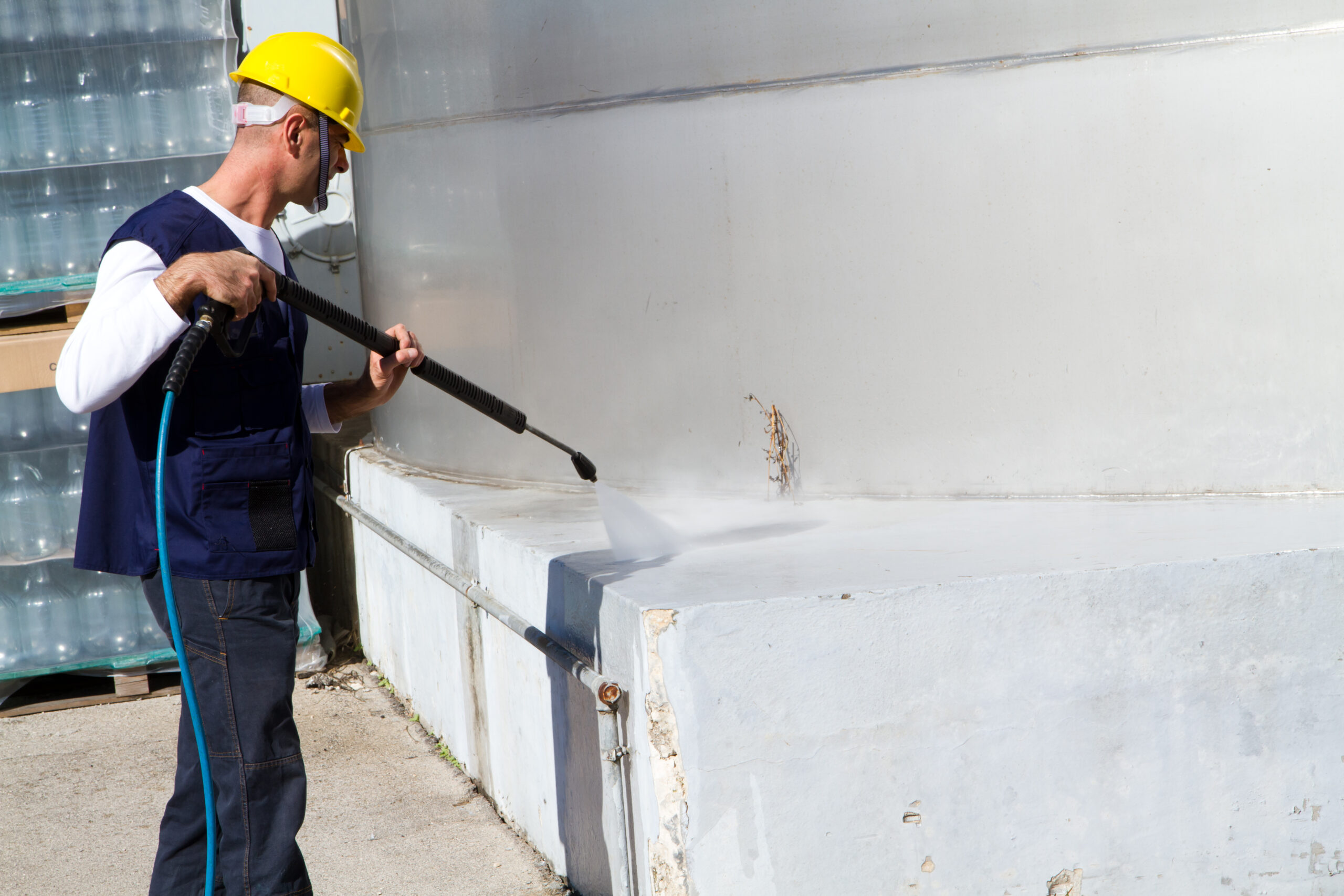Industries have different cleaning methods best suited for the specific type of surface being cleaned. Wet and dry blasting are two common cleaning methods used in industrial settings.
Wet blasting uses a water-based solution to clean surfaces, while dry blasting uses explosives to blast away dirt, dust, and other debris. Dry and wet blasting cabinets are a great way to clean and prep parts for machining. They use high-pressure air and water to remove dirt, rust, and other contaminants from surfaces. The cabinets are easy to use and can be quickly cleaned after each use. They come in a variety of sizes and can be used for a variety of purposes.
What Is Dry Blasting?
Dry blasting is a process that uses high-energy particles to remove material. The particles are expelled through a nozzle at very high speeds, which creates a dust cloud.
Several types of materials can be blasted using this method, including metal, concrete, and rock. Dry blasting is often used to remove rust and other corrosion from metal objects and clean concrete surfaces. It can also remove paint and debris from bridges or walls.
What Is Wet Blasting?
Wet blasting is a surface treatment technique that uses a high-pressure water jet to remove contaminants from a surface. The jet of water breaks the contaminant molecules into small pieces, which are then removed by the airflow. This process removes oils, grease, and other contaminants from hard surfaces.
Comparison Between The Two Processes
Dry blasting is a method of blasting that uses no water. Wet blasting, on the other hand, utilizes water to help break up the target material.
- The prominent difference between dry and wet blasting is the use of water. Dry blasting uses air to blast the target material, while wet blasting cabinets use water. This difference is due to how each method affects the surface of the target material.
- When dry blasting is used, the air blasts create tiny pieces of metal that fly off the target and can injure people and property if not adequately controlled. By contrast, when wet blasting is used, the water helps break up larger pieces of material, decreasing your chance of injuring people or property.
- Another difference between the two is wet blasting can be used to remove softer materials, such as plaster, while dry blasting is more effective on harder materials, such as metal.
- Dry blasting can be used on larger pieces of metal, while wet blasting is better suited for thinner metals. Dry blasting is a more aggressive process that can remove more material from the surface than wet blasting. Wet blasting works by spraying water onto the surface of the metal and using a series of high-pressure blasts to break up the bonds between the metal atoms.
- Both processes have their advantages. Dry blasting is less expensive than wet blasting, but it can damage fragile surfaces more easily. Wet blasting is faster and less damaging to delicate surfaces, but it can be slower on large pieces of metal.
Wrapping up
Both wet and dry blasting offer advantages for different situations. The choice of which blasting method to use depends on the needs of the project at hand. Both methods offer benefits in terms of speed, accuracy, and safety. The choice of which blast method to use depends on the project’s specific needs and is based on factors such as the material to be blasted, the size of the target, and the available equipment.
When purchasing dry and wet blasting machines, buy from a reputable supplier. Inspecting the quality of the product is vital in ensuring that your blasting needs are met.

